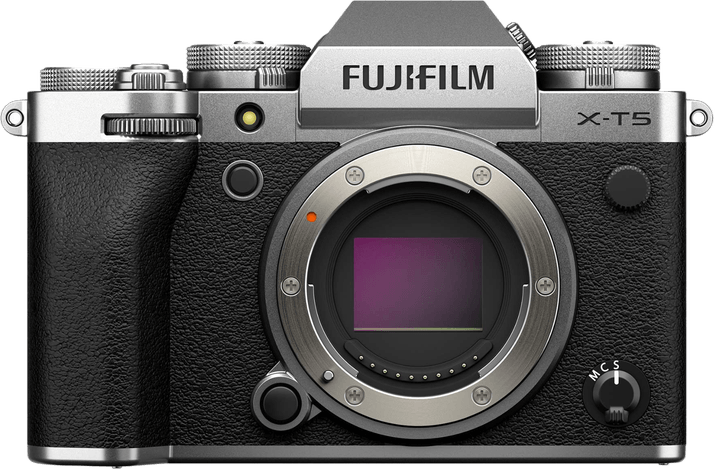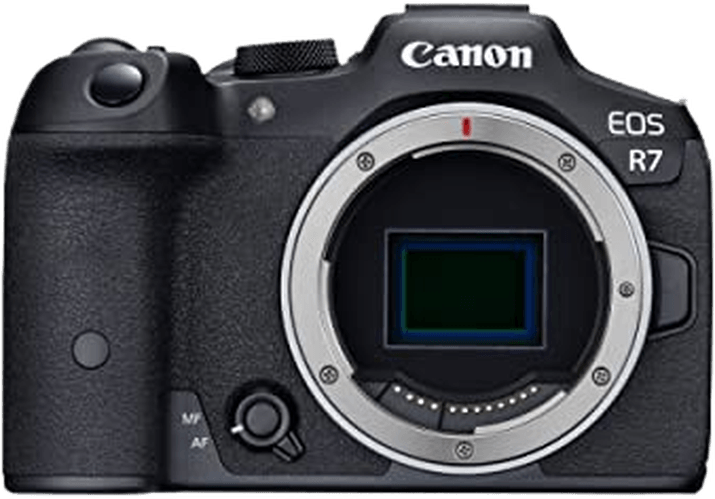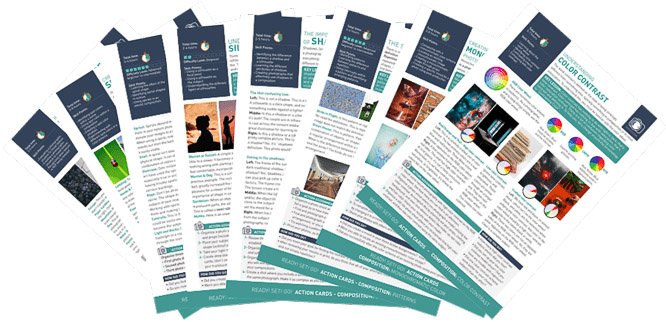When using a crop-sensor camera with a full-frame lens, you must be mindful of the crop factor. That’s why we’ve collected all the necessary information to understand crop factor.
What Is Crop Factor in Photography?
Crop factor in photography is the ratio of a camera sensor’s size to a standard 35mm film frame, which affects the field of view. It determines how much smaller the angle of view is when you use lenses designed for full-frame sensors on cameras with smaller sensor sizes.
APS (Advanced Photo System) was a film camera format that utilized three image formats simultaneously. It originated the modern crop sensor and gave amateur photographers advanced customizability.
Digital cameras reinvented and interpreted this technology. When digital cameras were made with smaller sensors, it resulted in smaller and cheaper camera bodies. These are crop-sensor cameras.
Professional cameras have a sensor the same size as a piece of 35mm film. This size is called a full frame. (Read our article about full frame vs crop sensor for a more in-depth explanation.)
Full-frame lenses cover a full-frame camera sensor. But they cover a wider area than a camera with a crop sensor can capture.
Most professional lenses are designed for full-frame cameras. Putting one of these lenses onto a body with a crop sensor produces the crop factor.
In the two pictures below, there is a full-frame lens. In the image on the left, you can see the image (in blue) projected onto a crop-sensor camera. The lens covers a wider area than the crop sensor can capture.
On the right, you see what happens with a full-frame lens on a crop sensor camera. It brings the image closer, so it fills the frame. This results in the edges of the image being cropped out. As you can see, you crop a big area of the frame using a full-frame lens.
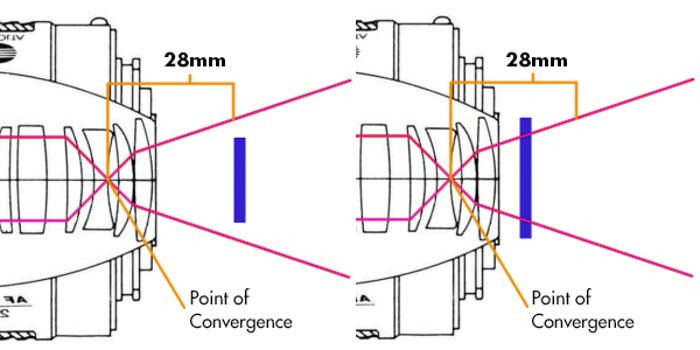
Let’s look at it from another angle. A circular lens produces a circular image. Then, the camera sensor crops it depending on the sensor size. Full-frame sensors are all the same size. Crop sensor sizes tend to vary between manufacturers.
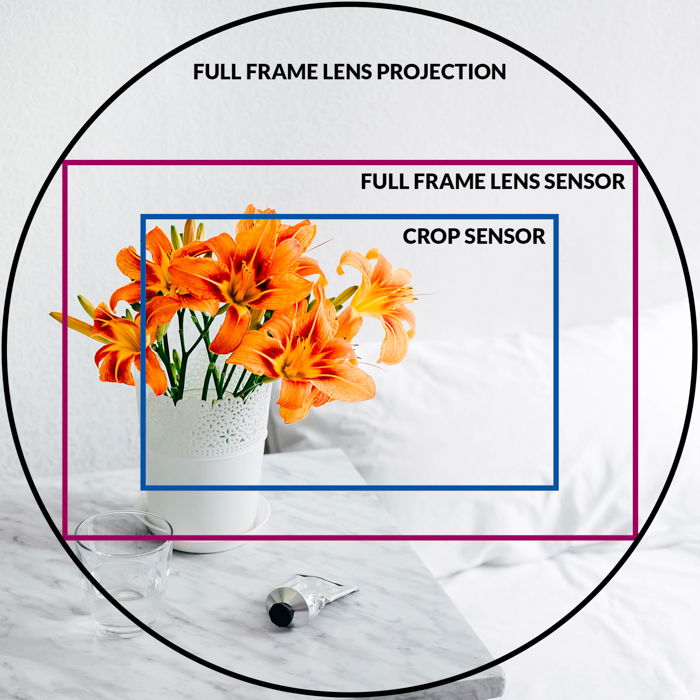
What Are the Different Types of Crop Factors?
There are two main types of crop factors in photography. There is the APS-C crop factor and the Micro Four Thirds crop factor. These determine a lens’s effective focal length and field of view on APS-C and Micro Four Thirds cameras with smaller sensor sizes.
The most common crop sensors are APS-C sensors, which most camera manufacturers use. They all produce the same amount of magnification (1.6x), except for Canon, which has a 1.5x magnification.
But crop factor is also visible when shooting with APS-H, compact, and smartphone cameras. APS-H is one of Canon’s unique sensor sizes. It is between full frame and APS-C in size and has a magnification of 1.3x.
What Does the Crop Factor Mean in Practice?
For example, a 50mm lens on most crop-sensor cameras has an equivalent focal length of 75mm (50 x 1.5). But Canon’s APS-C sensor is smaller than those of other brands. For this reason, it magnifies the image by 1.6x, resulting in an equivalent focal length of 80mm.
Micro Four Thirds was once the standard sensor for DSLR and mirrorless cameras. Its magnification is 2x, which results in a 50mm lens having an equivalent focal length of 100mm.
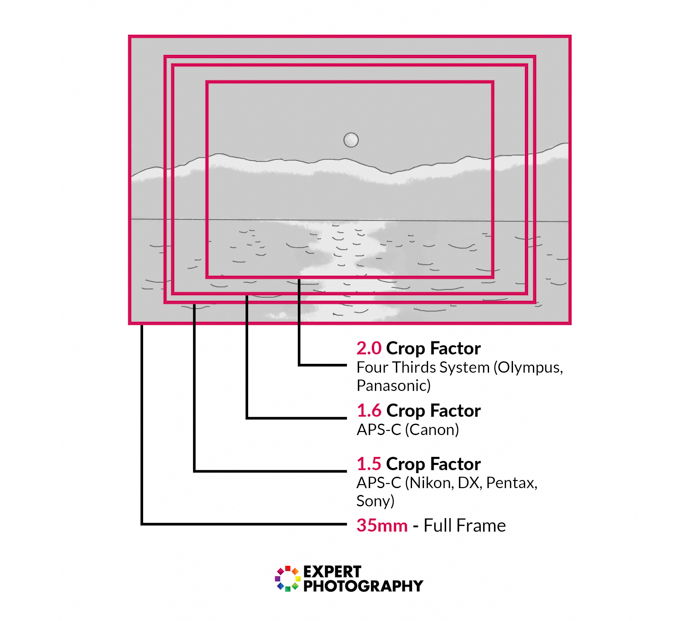
When Should You Buy Full-Frame Lenses?
My best advice is to consider what you want to do with your photography. Will you want to upgrade the camera body soon or shoot very wide angles? This will help you choose the lens that is right for you.
APS-C camera bodies are compatible with full-frame lenses. But full-frame cameras cannot handle APS-C lenses. This means you can switch lenses between APS-C and full-frame cameras. But if you have the chance, always opt to buy full-frame lenses.
This is especially true if you upgrade your APS-C system to full frame. It is easier to invest money into a great full-frame lens right away. That way, you don’t have to worry about the effects of a change in sensor size.
Lenses made for professional, full-frame cameras are also of better quality. They’ve been around long before digital cameras became popular and provide the speed and accuracy you would expect for the price.
Prime lenses, in particular, tend to be made for full-frame cameras. 50mm is a great focal length when using a full-frame camera, but the field of view might be too tight on a crop sensor (APS-C camera).
There are some exceptions. For example, Panasonic full-frame lenses cannot be used on Panasonic crop sensor cameras. This is why it is crucial to research before buying a lens. You can read our article on the best camera lenses.
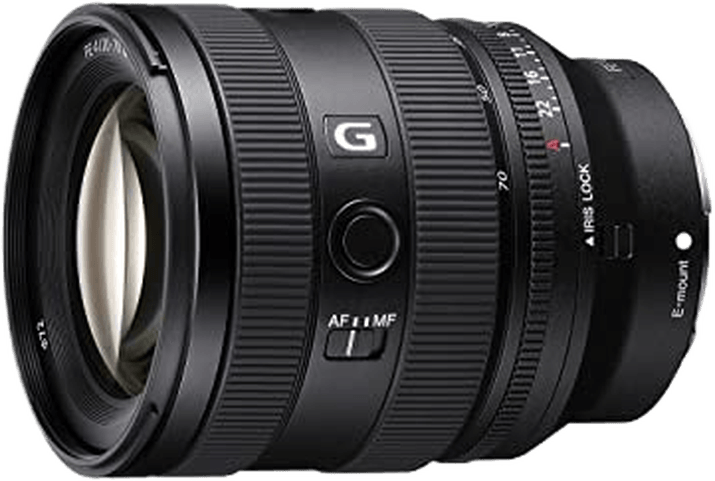
Is It Worth Buying Crop-Sensor Cameras?
Some advantages make crop-sensor cameras great for beginners. They are more affordable because the smaller sensor is produced cheaper. There is also more extensive lens availability, as you can use crop and full-frame lenses with them.
Also, there are some niches where you can enjoy the crop factor. For example, it is helpful to have extra magnification in nature or action photography.
Buying an APS-C camera body can be beneficial if you are a beginner. The user-friendly interface and the considerable lens compatibility make it perfect to start with. But make sure to buy full-frame lenses so that transitioning to a full-frame camera later will be smooth.
On the other hand, if you are a professional sports or wildlife photographer, you might want to keep using a crop sensor. Not only does the magnification come in handy, but they are also smaller and lighter.
Read our articles on the best sports photography cameras and wildlife cameras. We recommend some excellent crop-sensor cameras.
What Are the Drawbacks to Crop-Sensor Cameras?
Crop-sensor cameras can’t handle low-light situations as well as full-frame cameras. The resolution and pixel density are lower because the lens cannot project the same quality on a crop sensor. This results in worse image quality, which can also affect print quality.
As always, there are exceptions. The Fujifilm X-T5, Canon EOS R7, and Pentax K-3 Mark III are excellent crop sensor cameras. They compete with some of the low-end full-frame camera bodies.
There are also newer specialty cameras that perform well, like the multimedia Fujifilm X-H2S and Sony FX30 cinema cameras.
Conclusion: What Is Crop Factor?
Crop factor results from a lens being placed on a crop-sensor camera body. Understanding this can be helpful when choosing cameras and lenses. It helps you predict how much of the scene you can include in your frame with focal length.
Learning the technical aspects of photography like this is as important as learning the creative side. Even if you don’t want to study all the details, it’s helpful to understand basic photography terms.
Take our Photography for Beginners course for helpful tips to kickstart your photography.


